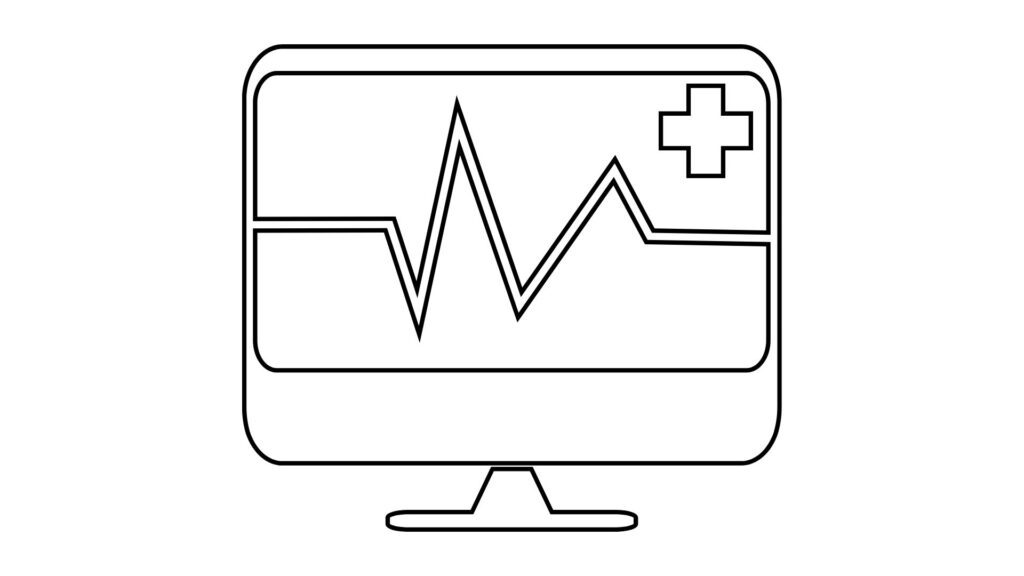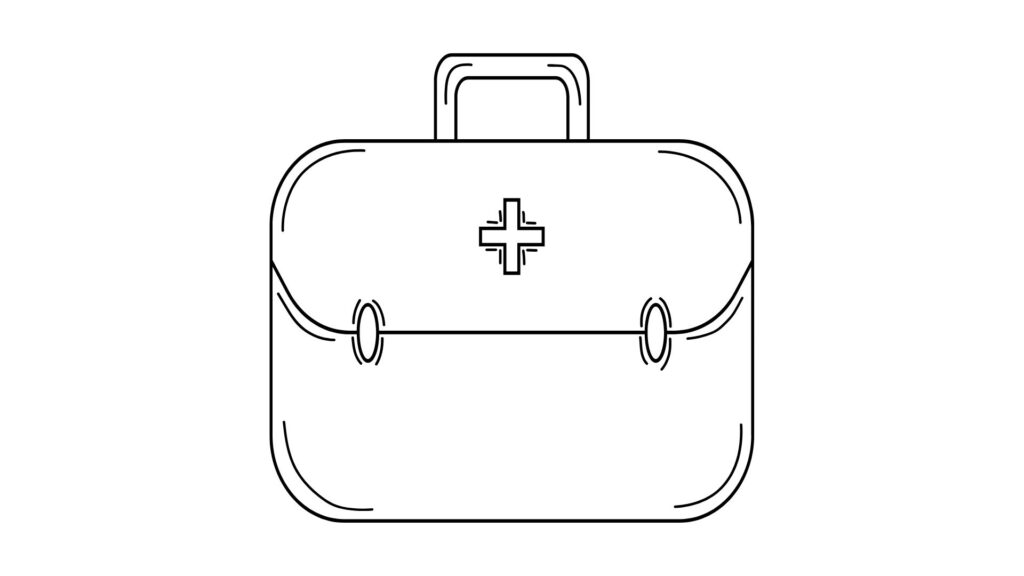Real-World Examples of Health Equity Initiatives That Work

Health equity initiatives are everywhere these days – but which ones actually work?
After looking at dozens of programs across the country, I’ve found that the most effective initiatives share common threads: they address root causes, engage communities directly, and meet people where they’re at.
But let’s be honest – if all we needed was more pamphlets about eating vegetables, we’d have solved health disparities decades ago.
What we really need are practical, proven approaches that tackle the systems creating unequal health outcomes in the first place.
9 Health Equity Initiatives That Actually Work
Let’s dive into what’s working across the country. Some of these might surprise you!
1. Preventive Care That Actually Reaches People

Traditional preventive care programs have a big problem: they often don’t reach the people who need them most.
That’s why CMS created programs like Advanced Primary Care Management and enhanced billing codes for wellness visits that include social determinants of health assessments.
What makes this work? Medicare reimburses providers fully for these assessments, creating a financial incentive to actually do them. And when providers identify social barriers early, they can connect patients with support services before small issues become major health crises.
For example, Community Health Integration programs help coordinate caregiver support, transportation, and other non-medical needs that often determine whether someone can follow their treatment plan.
2. Show Providers the Money (For Better Outcomes)
Money talks.
When Baylor College of Medicine introduced financial incentives for healthcare providers to follow hypertension care guidelines, blood pressure control improved by 6.3% across Veterans Affairs clinics.
This isn’t rocket science – it’s about aligning incentives with outcomes we actually want. When providers get paid for helping patients achieve better health (rather than just ordering more tests), health equity improves.
3. Let Communities Lead Their Own Solutions
The National Academy of Medicine promotes a Community-Driven Health Equity Action Plan model that flips the traditional top-down approach on its head.
Instead of experts swooping in with pre-packaged solutions, this approach empowers local communities to:
- Identify their unique health challenges
- Prioritize what matters most to them
- Develop solutions that actually fit their context
When residents, community organizations, local governments, and faith groups work together, the resulting interventions are culturally relevant and much more likely to succeed.
4. Build Networks That Share What Works

The CDC’s Power of Partnerships network connects state and local Offices of Minority Health, community organizations, and public health departments to share evidence-based strategies.
Since 2023, they’ve brought together over 2,500 partners through regular webinars and forums focused on everything from respiratory virus responses to tailored health communications.
The magic happens when successful approaches from one community can be adapted and implemented in another facing similar challenges.
5. If People Can’t Get to Healthcare, Bring Healthcare to Them
Some communities don’t have enough healthcare providers – period. These “healthcare deserts” exist in both rural and urban areas.
Mobile clinics like the Plan A Health Clinics Program are filling these gaps by literally driving healthcare services to underserved areas. They offer free primary care, cancer screenings, HIV testing, and family planning regardless of insurance status.
What makes these programs effective is their use of trained community health workers who speak the language, understand the culture, and can build trust with residents who might be skeptical of traditional healthcare systems.
Programs specifically targeting LGBTQIA+ communities and formerly incarcerated individuals provide culturally competent care that reduces stigma and increases trust – two massive barriers to healthcare access.
6. Tailor Care to Cultural Needs
One-size-fits-all approaches rarely work in healthcare, especially for communities with unique cultural contexts.
Duke University Medical Center created a telephone-based nurse care management program specifically designed for rural African-American patients with diabetes. The program was so successful it expanded statewide in North Carolina.
Similarly, Denver Health developed a remote telephone therapy intervention for Hispanic and Latino patients struggling with depression. By providing culturally and linguistically appropriate mental health support, they improved outcomes and eventually expanded the program throughout their system.
These aren’t just nice add-ons – they’re fundamental redesigns of care delivery that meet people where they are.
7. Partner with Organizations Already Doing the Work

Hospitals that collaborate with community organizations achieve better outcomes while spending less money. It’s a win-win.
When hospitals partner with Area Agencies on Aging, they report improved ambulatory care, lower readmissions, and significant cost savings.
Programs like WellCare CommUnity connect patients with community organizations to address social barriers like housing and food insecurity. For every $1 invested, these programs generate $3.47 in healthcare savings.
That’s not just good for equity – it’s good business.
8. Actually Listen to Patients (Revolutionary, I Know)
Several New York healthcare organizations have created Patient and Family Advisory Councils specifically focused on giving voice to communities of color and historically underserved patients.
These councils help identify barriers to care, improve appointment adherence, and design culturally informed disease management programs for conditions like sickle cell anemia and heart disease.
When patients are involved in designing their own care, trust increases and programs actually address real community needs rather than what providers think patients need.
9. Address Root Causes Through Youth and Food Programs

Health doesn’t start in the doctor’s office – it starts in our homes, schools, and communities.
In Worcester, MA, the Youth Growing Organics (YouthGROW) program combines urban agriculture jobs with leadership development for teens from underserved neighborhoods.
This program improves nutrition and food security by providing affordable fresh produce to food-insecure areas and local food pantries. At the same time, it creates economic opportunities for young people – addressing multiple social determinants of health simultaneously.
What These Successful Programs Have in Common
Looking across these examples, successful health equity initiatives share key features:
- They combine clinical innovation with community engagement
- They use culturally sensitive approaches that meet people where they are
- They build partnerships across health systems and social services
- They address root causes rather than just treating symptoms
- They measure outcomes that matter to communities
The truth is, we’ve known for decades what drives health disparities. The question isn’t what to do – it’s whether we have the will to do it.
These examples show that when we invest in health equity properly, everyone benefits – not just marginalized communities. Hospitals save money, providers achieve better outcomes, and entire communities become healthier.
It’s not about charity. It’s about creating health systems that work for everyone.
